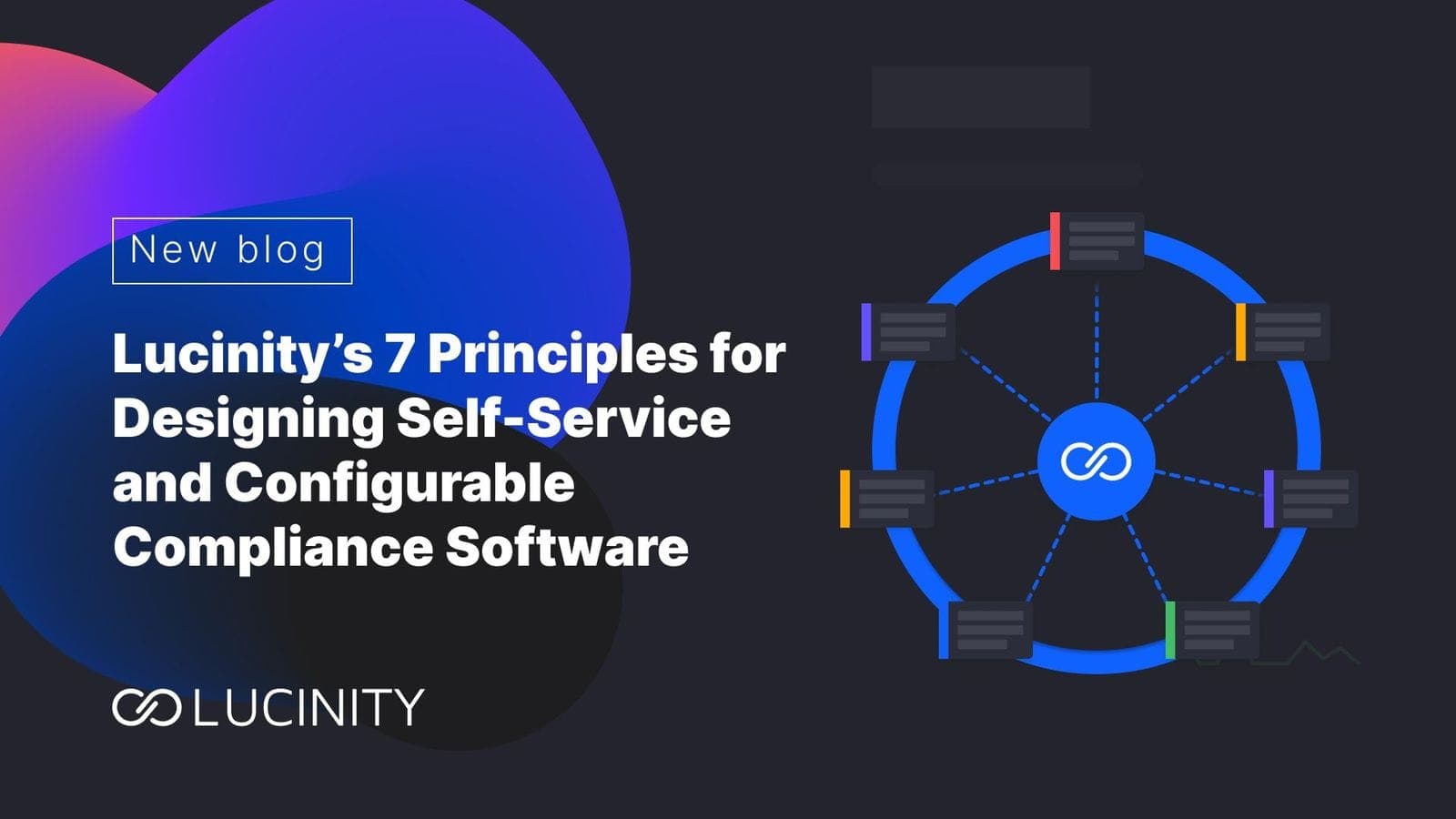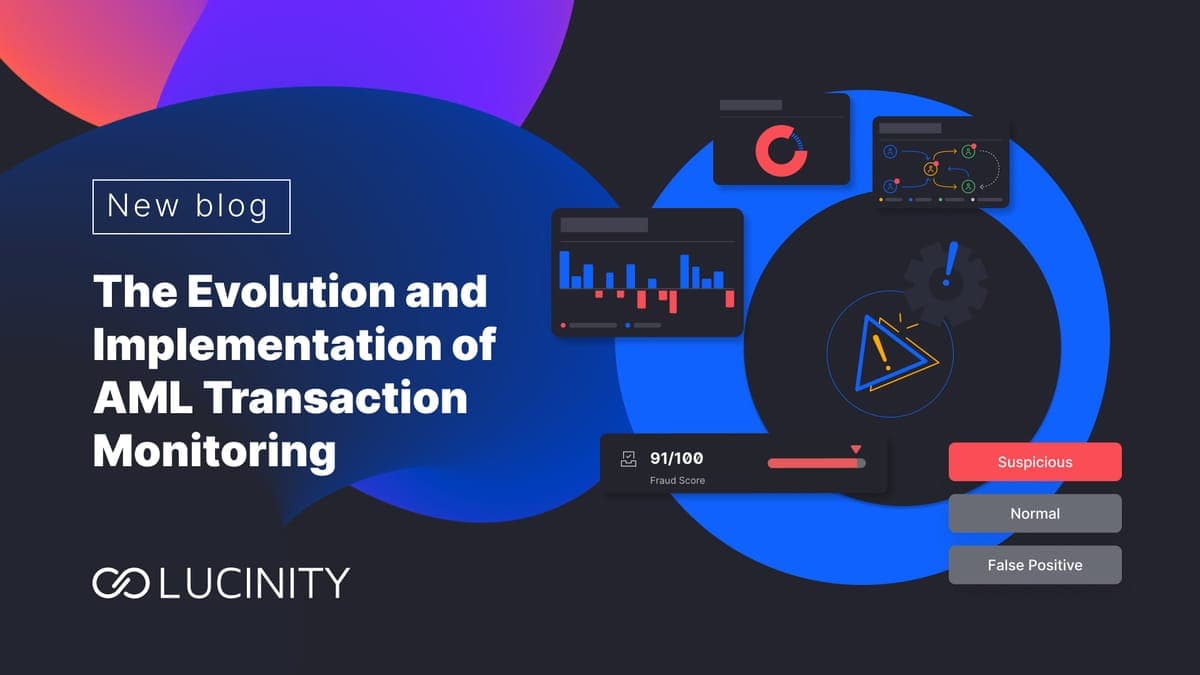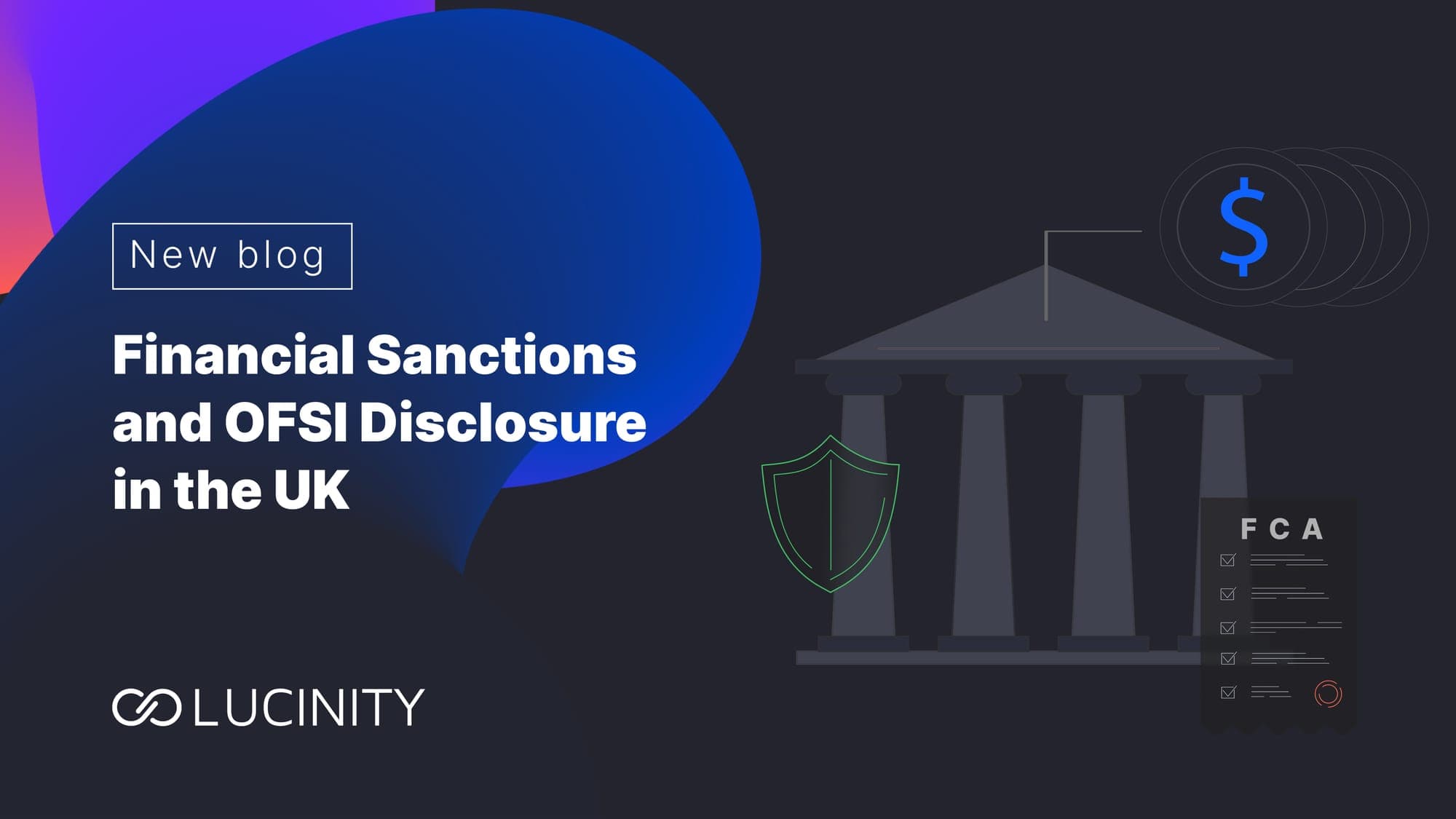The Future of FinCrime Prevention: SaaS vs. Legacy Systems
Explore the key differences between SaaS and Legacy FinCrime Prevention Software. Understand how deployment flexibility, scalability, and advanced security measures of SaaS software offer a strategic edge in combating financial crimes.
The debate between Software as a Service (SaaS) and traditional Legacy FinCrime Prevention Software in the financial sector is more than just a technological choice. It's a strategic decision that directly influences an organization's agility in financial crime prevention.
Today, 70% of software used in businesses is SaaS-based, and the popularity of SaaS is growing exponentially, with a marked escalation from an average of 8 SaaS tools per organization in 2016 to about 130 by 2022. This shift signals a growing recognition of the numerous advantages that SaaS offers over legacy systems.
What is Legacy Software in FinCrime Prevention?
Legacy software in financial crime prevention represents the traditional approach, relying on established, on-premises solutions that are often custom-built for specific organizational needs. These systems, grounded in a more static and rules-based framework, are typically housed on physical servers, requiring direct, on-site access.
While offering a sense of control and stability, legacy software can be less flexible, making it challenging to adapt quickly to the fast-changing and rather unpredictable nature of financial crimes and regulations. The reliance on in-house maintenance and updates, coupled with limited integration capabilities, often results in a system that, while robust in its time, may struggle to keep pace with the agility and innovation demanded in modern FinCrime prevention efforts.
What is SaaS Software in FinCrime Prevention?
Software as a Service (SaaS) in FinCrime prevention embodies a more modern, cloud-based approach, offering flexibility, scalability, and continuous innovation. SaaS solutions are accessible from anywhere, providing global reach and real-time updates. These platforms are typically subscription-based, reducing the need for large upfront investments and offering a cost-effective, pay-as-you-go model.
SaaS systems are designed to be user-friendly and easily integrated with other digital tools, enhancing operational efficiency and data analytics capabilities. Their agility and adaptability to new regulations, coupled with regular, automatic updates, position SaaS solutions as essential tools in addressing financial crimes. These solutions align closely with the evolving requirements of modern financial institutions, offering a strategic advantage in this field.
SaaS vs. Legacy FinCrime Prevention Software
The transition from legacy systems to SaaS in financial crime prevention marks a significant shift in how organizations approach financial crimes. It reflects a broader trend toward digital transformation, emphasizing agility, scalability, and integration. Let’s compare the two options in further detail-
1. Deployment Flexibility: The Gateway to Global Accessibility
SaaS- Embracing the power of the cloud, SaaS solutions offer instant deployment capabilities. This immediate availability extends to a global scale, allowing organizations worldwide to access vital money laundering and FinCrime prevention tools with minimal geographical restrictions. The cloud-based nature of SaaS translates into a significant advantage in terms of accessibility and speed.
Legacy- In contrast, legacy systems are typically anchored to physical servers. This hardware dependency limits their use to specific on-site locations. The inherent geographical limitations of legacy systems can impede the timely and flexible response required for financial crime prevention.
2. Scalability: The Backbone of Business Growth
SaaS- Agility and scalability are the hallmarks of SaaS solutions. These platforms can seamlessly adapt and grow in tandem with an organization's evolving needs, allowing for a harmonious coexistence with existing local systems. The scalability of SaaS is crucial for businesses aiming to expand without facing technological constraints.
Legacy- Legacy systems are often characterized by their rigidity. Scaling these systems to meet growing business demands can be both resource-intensive and time-consuming, making them less ideal for dynamic business environments.
3. Data Security: Safeguarding Your Most Valuable Asset
SaaS- SaaS providers prioritize data security, implementing robust measures and hosting their solutions on secure platforms like Microsoft Azure. This focus on security ensures that sensitive financial data remains protected.
Legacy- Older legacy systems may suffer from outdated security protocols, potentially exposing organizations to vulnerabilities. This risk is compounded by the challenges of continuously updating and patching these systems to keep pace with new security demands.
4. Cost Dynamics: Maximizing ROI with Strategic Investments
SaaS- With its transparent subscription model, SaaS offers lower upfront costs. This cost-effectiveness is further enhanced by the minimal need for in-house maintenance and upgrades, optimizing the return on investment for organizations.
Legacy- Conversely, legacy systems often entail significant initial investments. The hidden costs associated with ongoing upgrades and maintenance can also accumulate, impacting the overall financial efficiency of these systems.
5. Integration Ecosystem: Building a Connected Financial Defense
SaaS- One of the standout features of SaaS platforms is their ability to seamlessly integrate with a wide range of digital tools and ecosystems. This interoperability is crucial in creating a connected and comprehensive defense against illicit activities, enabling various software solutions to work in tandem efficiently.
Legacy- Legacy systems, on the other hand, tend to exist in silos. They often require complex and resource-intensive workarounds to achieve integration with other systems, which can hinder the fluidity and responsiveness necessary in financial crime prevention.
6. Technological Edge: Staying Ahead with Continuous Innovation
SaaS- SaaS solutions are at the forefront of technological innovation, continually evolving to incorporate the latest advancements in AI and machine learning. SaaS vendors also continue to innovate their products and offer new features to automate manual tasks and increase the efficiency of compliance teams.
Legacy- Legacy systems often lag in this aspect, with their technology becoming stagnant over time. They struggle to keep pace with the changes in regulatory requirements and financial crime methodologies, potentially leaving organizations vulnerable to financial crimes.
7. Coexistence: Enabling Seamless Integration and Cooperation
SaaS- SaaS platforms are designed with flexibility in mind, allowing them to integrate and coexist seamlessly with both legacy and locally deployed systems. This compatibility is vital for organizations looking to enhance their financial crime prevention capabilities without completely overhauling their existing technology infrastructure.
Legacy- Legacy systems typically operate as standalone entities and may necessitate substantial restructuring or complex integration efforts to work alongside modern SaaS tools, often leading to operational inefficiencies.
8. User-Centric Design: Enhancing Efficiency with Intuitive Interfaces
SaaS- User experience is a central focus in SaaS design. These platforms offer intuitive interfaces that facilitate a streamlined user experience, promoting rapid adoption and enhancing operational efficiency within organizations.
Legacy- Legacy systems, however, often suffer from outdated and complex user interfaces. This can hinder user adoption and operational efficiency, resulting in burnout and turnover within compliance teams.
9. Maintenance and Support: Ensuring Uninterrupted Operations
SaaS- The maintenance and support of SaaS platforms are typically managed by the vendor, providing organizations with continuous, hassle-free support. This approach ensures uninterrupted operations and allows in-house IT teams to focus on other critical tasks.
Legacy- Maintenance for legacy systems, however, usually falls within the purview of the organization's own IT team. This can lead to significant resource allocation towards upkeep, detracting from other essential IT functions.
Summing Up: Why Does SaaS Outperform Legacy for FinCrime Prevention?
SaaS tools take an important role in combating financial crimes by reshaping operational workflows to enhance flexibility, efficiency, and security. This is achieved without the need to completely replace legacy systems, demonstrating seamless and efficient integration of advanced SaaS solutions in the area of financial crime prevention.
Lucinity exemplifies these benefits with AI-driven solutions that enhance data analysis and suspicious activity detection while guiding professionals to make faster and smarter decisions.
Download your copy of our infographic: SaaS vs. Legacy FinCrime Prevention



